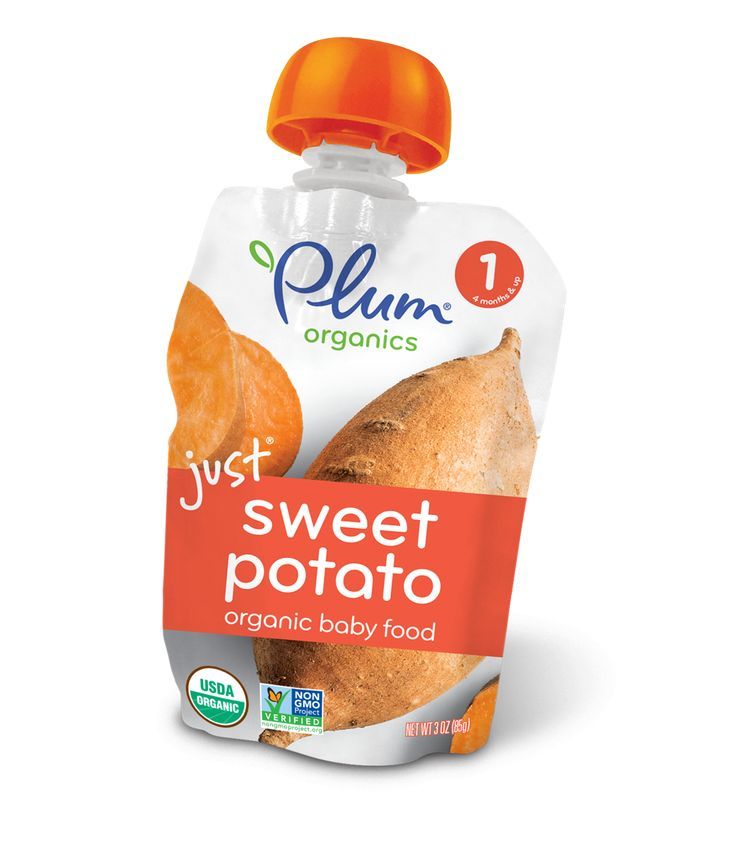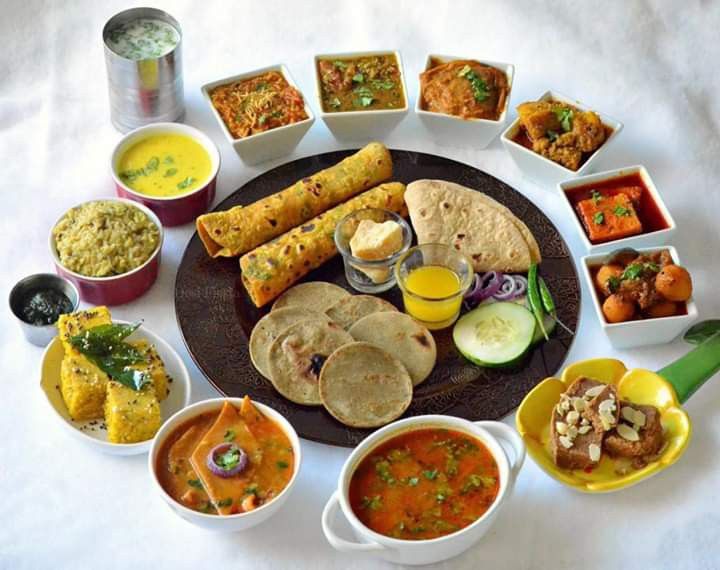Best calcium foods for babies
10 Best Calcium Rich Foods For Babies And Toddlers
Children grow at a rapid pace and require a nutritionally adequate diet that supports this rapid growth. Calcium plays an important role in the growing up years and knowledge about calcium rich foods for babies and toddlers is essential for parents.
AFFILIATE DISCLOSURE This blogpost contains affiliate links. As an Amazon Associate I earn from qualifying purchases. For more information read the full disclosure.
In this post, I am going to cover everything you need to know about calcium rich foods for kids and some bonus calcium rich recipes for toddlers. If you have a picky eater, you are going to thank me.
Let’s get started.
IMPORTANCE OF CALCIUM FOR GROWTHCalcium is an important mineral that supports bone and teeth development.
Not just that, calcium is also important for;
- Proper nerve function, sending and receiving nervous system signals
- Muscle function, proper muscle contraction and relaxation
- Maintaining proper hormone levels in the body
- Needed for maintaining a normal heartbeat
- For clotting of blood
How much calcium does a child need?
1-3 yr olds 700 mg/day
4-8 yr olds 1000 mg/day
9-13 yr olds 1300 mg/day
14- 18 yr olds 1300mg/day
CALCIUM REQUIREMENTS FOR BABIES UNDER 1 YEAR OF AGEBabies get their calcium from breast milk or formula.
Babies younger than 6 months old need 200 mg of calcium a day and babies 6 to 11 months old need 260 mg of calcium a day.
Do note babies should only consume breast milk or formula. Do not give cow’s milk or any other animal milk to babies younger than 1 year of age.
To get an idea of how I pair foods and build snacks to aid maximum absorption of nutrients you must check my ebook on toddler snack recipes.
It includes 36 snack recipes for toddlers and adults alike that fill in the nutritional gaps of the day. Its your one-stop resource for all things snacks. Get the book here.
CALCIUM RICH FOODS FOR BABIES AND TODDLERS
Once babies start solids including foods rich in calcium is important. Though cow milk or any other milk should be avoided under age 1, other milk products like yogurt and low salt cheese like paneer can be started gradually by 8-9 months of age.
Here is a list of calcium rich foods for kids for your reference:
1.
 Milk and Milk products
Milk and Milk productsCows milk, buffalo milk, goat milk can be started after 1 year of age.
Whole fat cows milk is recommended until age 2
Calcium content:
Cows milk (2% ) contains about 120 mg calcium/100ml
Goat Milk contains about 134 mg calcium /100 ml
Buffalo Milk contains about 210 mg /100 ml
Other milk products to try with babies 8-9 months and older.
Fresh homemade curd 149 mg /100 gm
Paneer (Cottage cheese) 200mg /100 gm
Cheese 721 mg /100 gm
source: USDA and IAP
Though with paneer and cheese caution should be exercised. These foods are high in saturated fats and sodium, limit intake to 1-2 cubes of paneer at a time, and small portions of grated cheese as toppings on foods for toddlers.
When buying cheese avoid processed cheese and look for natural hard cheeses containing minimal salt. Goats cheese, swiss cheese, cheddar cheese are great cheese options for toddlers. Check my recommendations for natural cheese here.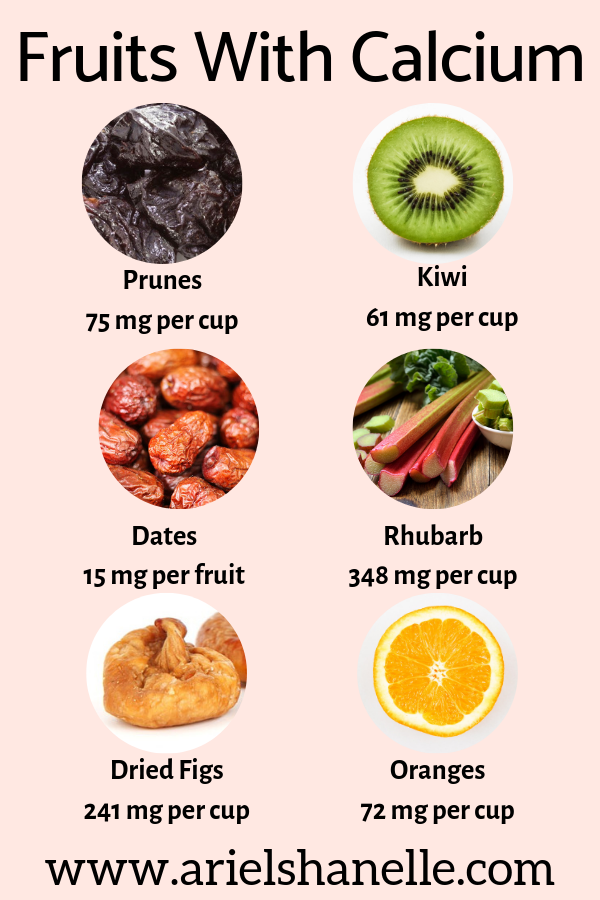
Many children however, don’t particularly like the taste of milk or dairy products, if you are worried about your child not getting enough calcium, don’t, read on to find more sources of calcium for toddlers that don’t drink milk.
2. Soy
Soy in the form of fortified soymilk, tofu set in calcium sulfate, edamame, tempeh can be included in the toddler’s diet in various ways to increase calcium intake.
Tofu can contain about 200 mg/100 gms of calcium depending on how it’s prepared.
Food ideas: Sauteed tofu, tofu chilly, tofu scramble, curries with tofu/soy nuggets added as a meat replacement.
3. Broccoli & certain dark green vegetables
Cruciferous veggies like broccoli and dark green leaves like kale, collard greens, spinach leaves, turnip leaves, amaranth leaves, and watercress are all great sources of calcium. When it comes to green vegetables it is important to mix it up and try different combinations.
Food ideas: Broccoli soup for babies, broccoli paratha, broccoli patty, watercress salad, add kale to pesto, amaranth leaves to paratha, Broccoli dosa wraps.
4. Ragi (Finger Millet)
Millets like ragi are traditional first foods for babies in India. Ragi is a rich source of calcium at about 344 mg/100 gms. It’s easy to digest for babies, gluten-free, and a super nutritious grain for children. Consider adding ragi to your baby’s diet as a calcium-rich food for baby teeth and bone development.
Here is a post I wrote recently on why millets are good for babies.
Food ideas: Ragi porridge for babies, ragi pancakes for toddlers, ragi dosas, ragi idlis, ragi- whole wheat chappati.
5. Beans and Lentils
Beans like white beans, baked beans, kidney beans (rajma), chickpeas, and lentils like black gram dal (urad dal), pigeon peas (tuvar dal), bengal gram (chana dal ) are calcium rich foods for babies.
The Indian diet uses these beans and lentils in very effective combinations to make some lip-smacking foods. It’s hard not to enjoy beans and lentils in our part of the world, and it’s just an added bonus that these superfoods are some of the best sources of vegetarian protein, iron, and calcium rich food for babies.
Food ideas: In vegetarian side dishes, dals, lentil and bean soups, hummus, bean parathas, curries, khichdi (rice and lentil dish), bean chilly, baked beans on toast. Here are some lentil recipes for toddlers. Read here for more recipes using lentils for kids.
6. Sesame seeds
100 gms of sesame seeds contain up to 975 mg of calcium! While one cannot consume sesame seeds in such a large amount, it makes sense to include some sesame seeds in homemade hummus, tahini and use sesame seeds in ladoos or energy balls.
Including such calcium-rich recipes for toddlers daily should get more preference over cookies or chips.
Food ideas: As part of energy bars and energy balls, tahini, hummus.
Add a tablespoon of tahini to your toddlers morning oats porridge, or use tahini as a dipping sauce for cut veggies.
Date And Sesame Bliss Balls7. Almonds
Nuts are a good source of calcium, but among nuts, the highest calcium content is in almonds at 248 mg/100 gms.
Food ideas: Almond nut powder on porridge, almond butter with whole wheat crackers or chapati, or almonds in pesto sauce.
Here is a quick recipe to make your own homemade nut butter.
8. Green peas
Green peas contain about 25 mg of calcium/100 gms. They can easily be added to a number of dishes or used as a side making them a versatile vegetable to work with.
Food ideas: Green peas patty, Pea soup, added to rice dishes, added to upma, poha.
9. Amaranth
Amaranth (rajgira) is used in many traditional Indian recipes. Both the leaf and the grains are considered nutritious. Of particular importance is the amount of calcium in Amaranth at 159 mg/100gms.
The grains need to be sprouted for 2-3 days in order to reduce the antinutrients present in them. Once sprouted you can cook amaranth similar to a rice or couscous dish.
Traditionally amaranth flour is used to make ladoos in Indian homes.
Food ideas: As porridge, in soups and stews, amaranth flour pancakes, amaranth flour ladoos, in salads, or as amaranth patty.
This recipe includes amaranth flour and crushed almonds building up the calcium content and making it a calcium-rich food for kids
10. Okra
You may be surprised to find this vegetable on the list but Okra contains about 82 mg/100 gm of vegetable. That’s a good amount of calcium per serving. Okra is a commonly used vegetable in Indian homes with most kids loving Indian okra dishes.
IS MILK THE ONLY SOURCE OF CALCIUM FOR CHILDREN?
Traditionally cows milk is looked at as the main source of calcium, but it is important to include a variety of calcium rich solid foods in the child’s diet. Some children may not like the taste of milk, while some may have milk allergies.
When parents only look to milk as an option for calcium it can lead to other problems like force-feeding, adding sugary syrups/powders to make milk taste good which in turn promotes a liking for more engineered foods with artificial colors and flavorings over natural flavors of whole foods.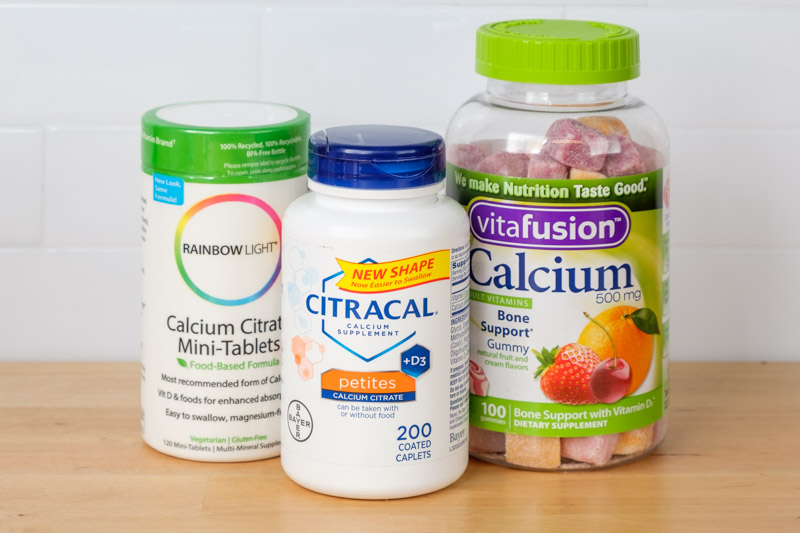
Milk and milk products are also high in saturated fats and consuming these in large amounts increases the risk of childhood obesity.
Toddlers by nature eat very little which makes it vitally important to include calcium rich solid foods instead of filling them up on liquids like milk.
One of the side effects of drinking too much milk is an increased risk of developing childhood anemia. Calcium rich foods are known to hinder the absorption of iron-rich foods. Limiting milk intake to 2 cups a day for toddlers is recommended.
To summarize for you, milk provides good amounts of calcium, but should not be looked at as the only source of calcium for kids.
Try and incorporate a variety of calcium rich solid foods alongside milk in the child’s daily diet.
In the case of lactose intolerance or dairy allergies look for fortified foods like fortified plant milk, calcium-fortified cereals, and the other non-dairy calcium-rich foods that I mentioned above in order to meet the daily recommendations of calcium in the child’s diet.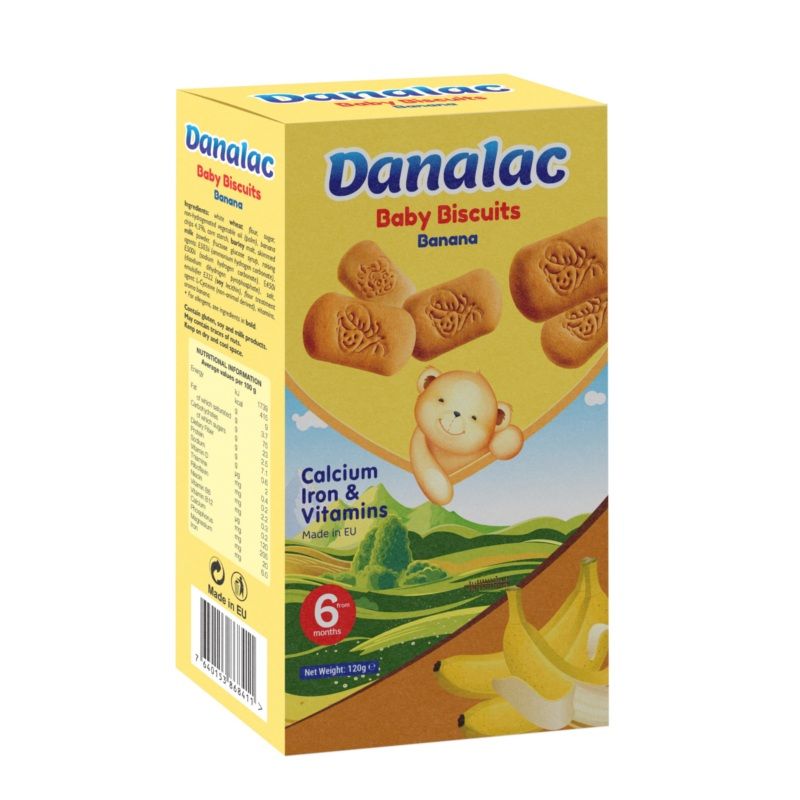
IS CALCIUM FORTIFIED ORANGE JUICE OKAY?
It is not necessary to offer fruit juices to children for nutrition. Once in awhile consumption is okay.
Fruit juices do not contain fiber, are high in sugars, and cause damage to teeth when consumed regularly.
Besides, filling up on liquids is never a good thing for little kids. Liquid foods take up stomach space and create a feeling of fullness.
The toddler fills up on liquid food with minimal nutrition and ends up not eating lunch/dinner or other solid foods that provide a wider variety of nutrients.
The occasional orange juice is definitely an option to get some calcium in. Some brands add Vit D to the orange juice too which helps in better absorption of calcium. But these types of juices are not something that needs to be incorporated into the daily diet.
The American Academy of Pediatrics (AAP) announced in recent guidelines on juice, that children under one year of age should not drink juice at all and for older kids limit juice consumption to very small quantities. (source)
(source)
Thus, when incorporated judiciously to the child’s diet, calcium-fortified foods like orange juice have some benefits, but should not be looked at as a daily source of the calcium nutrient.
How to ensure the child gets enough calcium?
Other than including the list of calcium rich foods for babies and toddlers mentioned above, try and include some of these alternative sources of calcium to the child’s diet.
Sweet potato
At 30 mg calcium/100 gms, sweet potato is a great way to add more calcium to the diet of babies and toddlers.
Food ideas: sweet potato as stuffing in parathas, baked sweet potato fries, sweet potato fritters, sweet potato mash.
Coconut milk
Coconut milk offers about 16 mg of calcium /100 ml
Food ideas: Add to curries, cook porridge in coconut milk, smoothies with coconut milk.
Dried figs
Dried figs are one of the best dried fruits for calcium.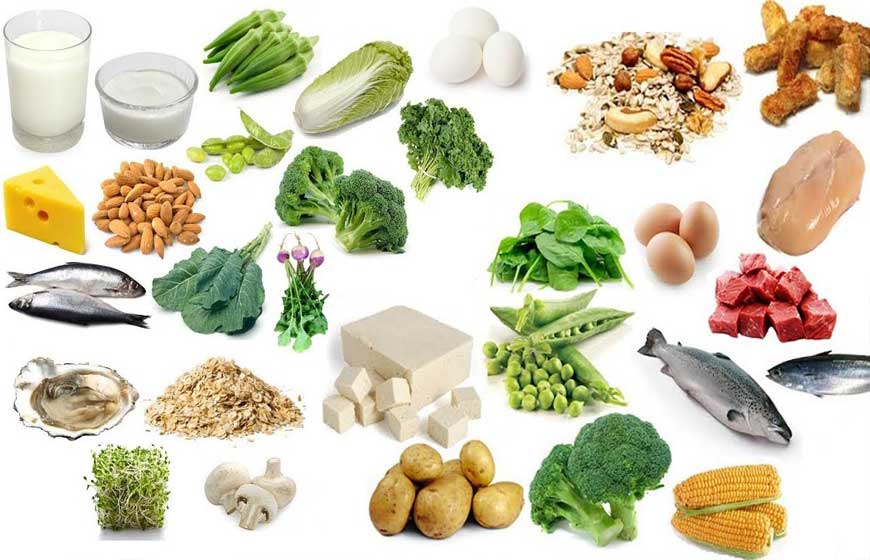 2 medium-sized dried figs contain about 27 mg of calcium.
2 medium-sized dried figs contain about 27 mg of calcium.
While it is not advisable to offer large amounts of dried frigs to kids because of its high sugar content, it still makes for a significant amount of calcium that can be easily added as a topping to any food to boost the nutrient content of the food.
Food ideas: Most children love dried figs, you can easily chop them up in appropriate sizes and add to porridge, smoothies, or in energy bars.
Related reading: Oats recipes for babies and toddlers, includes my favorite fig oats porridge.
Sprouted legumes, seeds, grains.
Sprouting of legumes, seeds, and grains increases the nutritive value of the food, by increasing the bioavailability of nutrients.
Sprouting not only increases calcium content in the beans but also reduces some of the antinutrients like phytic acid that block absorption.
The most common sprouts are alfalfa sprouts, mung bean sprouts, and other varieties of bean sprouts.
Vit D + Exercise
Other important points to consider when thinking of increasing calcium content in your child’s diet is to include Vit D rich foods (egg yolks, mushrooms, and oily fish) and time in the sun (early morning and evenings) engaged in play both of which are essential for calcium absorption.
Vit D + Exercise along with calcium rich foods makes strong bones.
There you go,
I hope this information helps you as you plan those calcium rich meals for your kids. Which calcium rich foods does your toddler enjoy? Do you have a special recipe to share? Leave me a comment below.
References:
Calcium. (2017). [Blog] kidshealth.org. Available at: https://kidshealth.org/en/parents/calcium.html [Accessed 26 Mar. 2019].
New Recommended Daily Amounts of Calcium and Vitamin D. (2011). MedlinePlus, [online] (Winter11 Volume 5), p.12. Available at: https://medlineplus.gov/magazine/issues/winter11/articles/winter11pg12.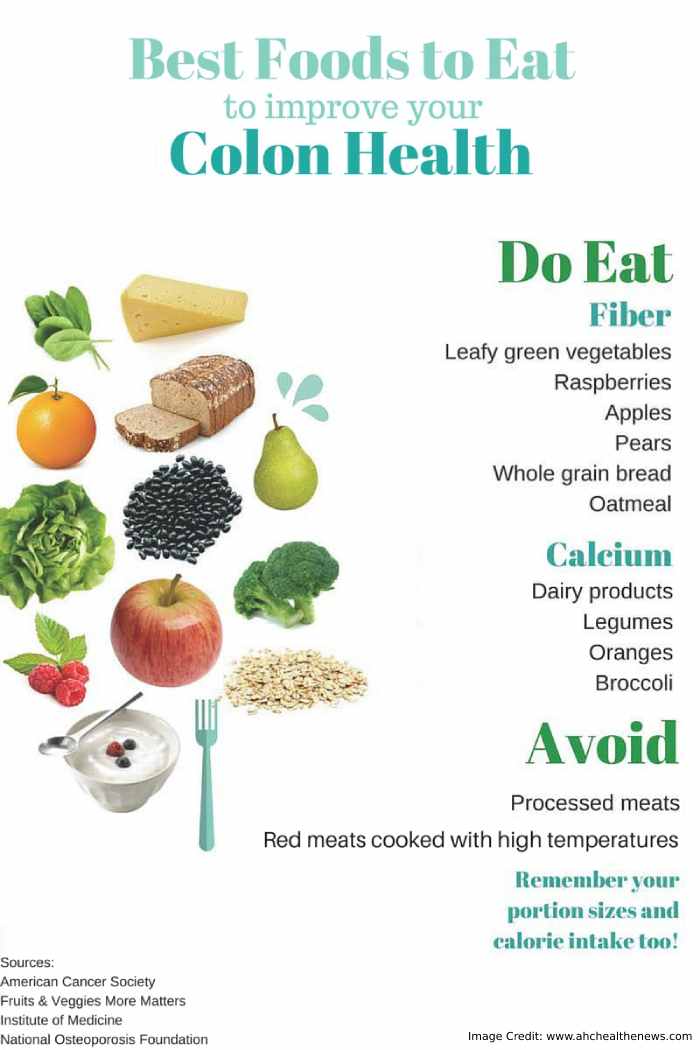 html [Accessed 26 Mar. 2019].
html [Accessed 26 Mar. 2019].
The Relationship Between Cow’s Milk and Stores of Vitamin D and Iron in Early Childhood. (2012). PEDIATRICS, 131(1), pp.X29-X29.
Non-Dairy Calcium-Rich Foods for Babies
How can your baby get enough calcium on a plant-based diet? Don’t worry – there are plenty of options for dairy-free kids. We’ve got you covered in this post.
You hear about the importance of calcium all the time – usually by way of milk and dairy advertisements – so how can your baby get enough of this mineral on a plant-based diet?
Fortunately, dairy is far from the only source of calcium! It’s just that non-dairy sources aren’t advertised so much.
Let’s cover a few basics of calcium and some great non-dairy sources for your baby.
Why is calcium important?
All but 1% of the calcium in the human body is stored in the teeth and skeleton.
It makes sense then, why calcium is an essential mineral for all ages and stages.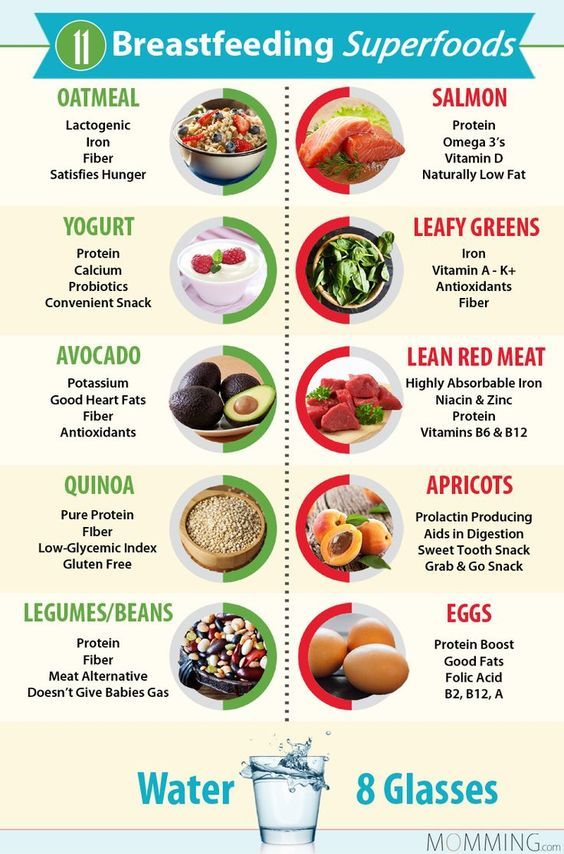 It’s always flowing to and from the bones and needs to be adequately replenished.
It’s always flowing to and from the bones and needs to be adequately replenished.
In infancy, calcium plays a particularly large role in proper bone formation and skeletal development. Calcium absorption is high during infancy, and is passively facilitated by the lactose in breast milk or formula.
Beyond bone health, calcium is necessary for allowing your muscles to contract, your heart to beat, and your blood to clot. It does a lot of things for your baby!
We’re sure you’re not surprised to hear from us that you don’t have to give your baby cow’s milk after 12 months if you don’t want to, especially if the main reason is for calcium.
Cow’s milk may not even be the best source of calcium out there. In fact, research shows that consuming too much cow’s milk can actually increase your baby’s risk for iron deficiency, type 1 diabetes, and can be tough on little kidneys.
How much calcium do babies need?
For infants up to six months old, the RDA for calcium is 200 mg per day for both males and females. At this age, your baby will get his or her calcium needs met through breast milk or formula.
At this age, your baby will get his or her calcium needs met through breast milk or formula.
At six months, their calcium needs increase to 260 mg until they reach one year old, and then to 700 mg from ages one to three. This is an important time to be introducing calcium-rich foods regularly.
Understanding the recommended amounts is good, but what does this amount of calcium look like? Here are a few examples:
8 ounces (1 cup) of calcium-fortified soy milk = 300 mg
1 cup cooked kale = 100 mg
1 Tbsp blackstrap molasses = 100 mg
1 slice white bread = 75 mg
½ cup kidney beans = 40 mg
1 Tbsp almond butter = 55 mg
15 non-dairy calcium-rich foods for babies
Below are some of the best non-dairy sources of calcium for babies.
Remember to prepare these in an age-appropriate way for your baby (do not feed your baby whole nuts, raw produce, or other choking hazards before they are ready).
This may mean boiling or steaming, blending or pureeing, roasting until soft, and cutting into bite-sized pieces.
- Calcium-set tofu
- Almond butter
- Calcium-fortified plant milks
- Turnip greens
- Calcium-fortified orange juice (should not be introduced until after 12 months)
- Bok choy
- Corn or flour tortillas
- Broccoli
- Oranges
- White and whole wheat breads
- Chia seeds
- Beans and lentils
- Amaranth
- Figs
- Blackstrap molasses
Some calcium-rich plant foods, such as spinach, Swiss chard, and rhubarb, contain compounds called oxalates, which inhibit some of their calcium from being absorbed.
Even though these foods shouldn’t be solely relied upon for their calcium content, they’re still excellent sources of other nutrients that are healthy. Just be sure to incorporate enough other calcium-rich, low-oxalate foods in your baby’s diet.
And if your babe isn’t into all the foods all the time, many parents choose to use a multivitamin during times of selective eating. Many children’s multivitamins don’t contain calcium, so be sure to read the nutrition panel if this is a nutrient of concern.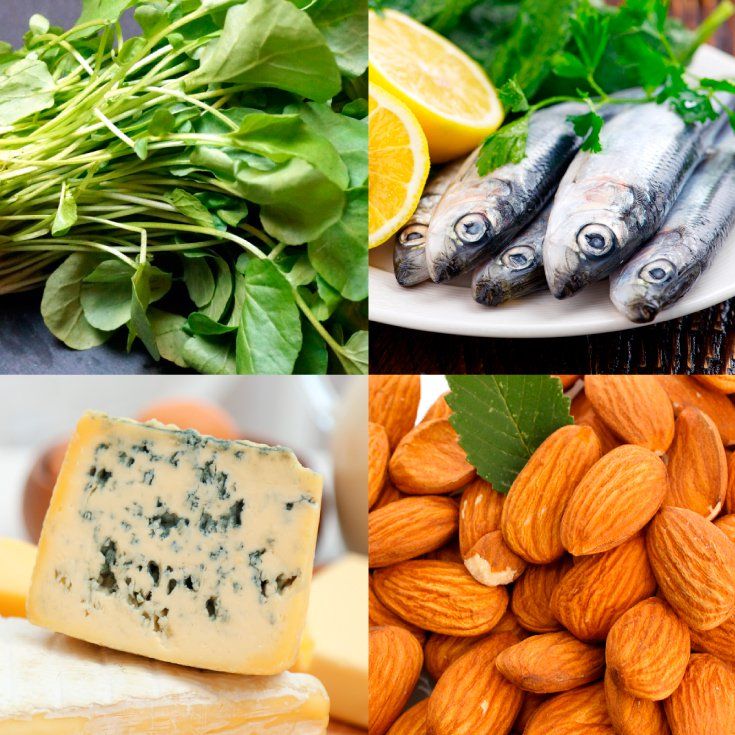
Either way, rest assured that your baby can get enough calcium without dairy if that’s what you choose!
If you liked this post, we think you might enjoy these too:
Plant Sources of Iron for Babies
DHA Needs During Pregnancy
Calcium in Plant-Based Pregnancy
What products with calcium are better to give to a child?
18 August 2020
8 February 2021
4 minutes
9819
ProWellness
Contents
- Benefits of calcium for the child's body
- How to understand that a child lacks calcium?
- What calcium foods can I give my child?
Disclaimer
Please note that all information posted on the site Prowellness is provided for informational purposes only and is not a personal program, a direct recommendation for action, or medical advice. Do not use these materials for diagnosis, treatment, or any medical procedure. Consult your physician before using any technique or using any product. This site is not a specialized medical portal and does not replace the professional advice of a specialist. The Site Owner is not liable to any party who has suffered indirect or direct damage as a result of misuse of materials posted on this resource.
Consult your physician before using any technique or using any product. This site is not a specialized medical portal and does not replace the professional advice of a specialist. The Site Owner is not liable to any party who has suffered indirect or direct damage as a result of misuse of materials posted on this resource.
Which foods with calcium are best for a child?
Calcium is one of the most important trace elements that provides a person with health and a comfortable existence. It is especially important for a growing organism. What foods with calcium can be given to a child?
Benefits of calcium for children
Why calcium is good for baby's health:
- ensures normal growth and development of the baby;
- correctly forms the bone skeleton;
- reduces the risk of developing rickets;
- improves the condition of teeth and tooth enamel;
- reduces the risk of caries;
- has a positive effect on the condition of hair, nails, skin;
- has a positive effect on the nervous system and the transmission of nerve impulses;
- strengthens nerve tissues;
- increases the body's defenses;
- reduces the risk of developing allergies;
- strengthens the cardiovascular system, has a positive effect on its work;
- helps develop memory, attention, mental abilities;
- provides the child with vigor and strength;
- helps to cope with stress factors.
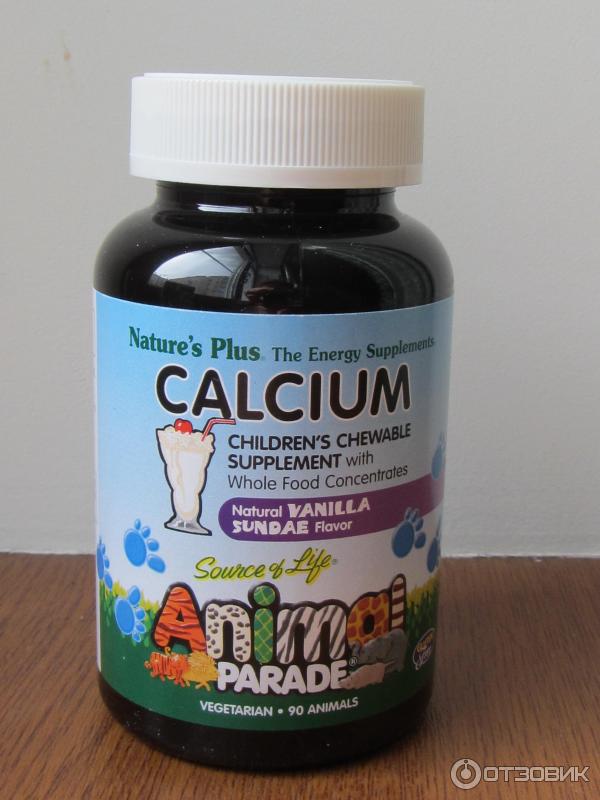
How can you tell if your child is lacking calcium?
You can suspect a lack of calcium in a child's body by the following symptoms:
- The child grows slowly, gains weight poorly, lags behind his peers in physical development.
- His nails are constantly breaking, peeling, with visible white stripes.
- Dental diseases often occur.
- Hair grows slowly and falls out frequently.
- The child behaves irritably, aggressively.
- Gets tired quickly, lacks energy.
- The child has convulsions.
What calcium foods can I give my child?
List of foods with calcium that will be good for the child:
- Hard cheese. Parmesan is the record holder for calcium content. It will help beneficial substances to be better absorbed in the intestines of the child.

- White beans. Contains a lot of magnesium, and this has a double beneficial effect on the bones.
- Milk and dairy products. The child can be given milk, cottage cheese, kefir, natural yogurt, fermented baked milk. The main thing is not to add sugar to them, otherwise calcium will be absorbed worse.
- Almonds and hazelnuts. Nuts have a lot of calcium, but they are high in calories, they should not be overeaten. It is very important for an adult to monitor the condition of the child after taking nuts. They can cause allergies.
- Pumpkin and sesame seeds. Usually children eat seeds with pleasure, but if the crumb refuses them, then seeds can be added to salads and main dishes, homemade cakes.
- All types of cabbage. Especially useful for children is broccoli, as it does not cause digestive problems and allergies.
- Sardines. They are good for bones, but you should be careful with canned food, as they should not be given to children in large quantities.

- Oily sea fish. Particularly useful for the baby are red fish and tuna.
- Olive oil. It is worth completely replacing them with sunflower. Suitable for frying and salad dressing.
- Fresh herbs. Most calcium is found in dill, parsley, spinach, sorrel. Greens should be added to salads or simply offered to the child to chew on a bunch.
- Oranges. They can be eaten in their pure form, or you can make juices, fresh juices, desserts from them, add them to pastries.
- Dried figs. Great alternative to sweets.
- Bananas. They do not contain the daily norm of calcium, but they contain potassium, which prevents the leaching of nutrients from the body.
Attention! Foods with calcium should be in the diet of any healthy person, especially a child, as a growing body needs support.
Disclaimer
Please note that all information posted on the site Prowellness is provided for informational purposes only and is not a personal program, a direct recommendation for action, or medical advice. Do not use these materials for diagnosis, treatment, or any medical procedure. Consult your physician before using any technique or using any product. This site is not a specialized medical portal and does not replace the professional advice of a specialist. The Site Owner is not liable to any party who has suffered indirect or direct damage as a result of misuse of materials posted on this resource.
Do not use these materials for diagnosis, treatment, or any medical procedure. Consult your physician before using any technique or using any product. This site is not a specialized medical portal and does not replace the professional advice of a specialist. The Site Owner is not liable to any party who has suffered indirect or direct damage as a result of misuse of materials posted on this resource.
Expert: Evgenia Bulakh Expert in the field of motherhood, health and proper nutrition
Reviewer: Ekaterina Vorobieva Adept of a healthy and active lifestyle
Read other articles on similar topics
(4 votes, average 3)
Share this article
What foods have the most calcium?
The most common foods can meet the needs of the human body in calcium . The main thing is to eat foods rich in calcium along with food that helps the absorption of this element.
Calcium and its role in the body
Calcium is one of the most important chemical elements for the human body. Calcium forms the structural basis of bones and teeth, is necessary for normal blood clotting, hormone production, muscle contraction. A lack of calcium leads to problems such as dysplasia (in children), osteoporosis and seizures (in adults).
Calcium forms the structural basis of bones and teeth, is necessary for normal blood clotting, hormone production, muscle contraction. A lack of calcium leads to problems such as dysplasia (in children), osteoporosis and seizures (in adults).
The body's need for calcium is quite high. So, children under 3 years old need 600 mg of calcium daily, children from 4 to 10 years old - 800 mg, children from 10 to 13 years old - 1000 mg, adolescents from 13 to 16 years old - 1200 mg, adults from 16 years old - about 1000 mg, pregnant and lactating women - from 1500 to 2000 mg.
Fortunately, even the most common foods can meet the body's need for calcium. The main thing is to eat foods rich in calcium along with food that helps the absorption of this element.
Nuts, seeds and beans are foods high in calcium
Contrary to popular belief, calcium is not only found in animal foods. Moreover: among the foods that are present in the diet of many people, those that are of vegetable origin are clearly in the lead in terms of calcium content!
Thus, 100 g of poppy contains almost 1. 5 g of calcium (for comparison: milk contains 120 mg of calcium per 100 ml of product). In sesame seeds - 800mg / 100g, in almonds - 250mg / 100g, in beans - 200mg / 100g.
5 g of calcium (for comparison: milk contains 120 mg of calcium per 100 ml of product). In sesame seeds - 800mg / 100g, in almonds - 250mg / 100g, in beans - 200mg / 100g.
Of course, it will not be possible to satisfy the body's needs for calcium solely through these products, but they will become a valuable supplement to the diet and will significantly increase the intake of calcium into the body from food.
Greens, rose hips and calcium!
A fair amount of calcium is found in foods such as young nettle (713mg/100g), watercress (214mg/100g), rose hips (257mg/100g).
Of course, we hardly consume more of these products than, say, beans, but we should not forget that "man does not live by calcium alone"! In any case, fresh herbs and rosehip broth will become a very valuable addition to the diet during the period of winter-spring beriberi. After all, they are able not only to replenish calcium reserves in the body, but also to improve the absorption of this valuable element.
Calcium in milk and fermented milk products
Milk and fermented milk products are the main source of natural intake of calcium in the body. And although in terms of calcium content, milk is far from being in the TOP of calcium-containing products, but dairy products can be consumed with virtually no restrictions.
Special mention deserves the question of which dairy products have more calcium - fresh milk or cottage cheese and cheeses.
The fact is that the "lion's share" of calcium is contained in whey, therefore, in cottage cheese, if it is made from pure milk, there is somewhat less calcium than in the original product - an average of 80 mg per 100 g.
However, in the industrial production of cottage cheese, calcium chloride may be added to the milk to speed up the curdling process. Therefore, the "shop" cottage cheese is somewhat richer in calcium than the "market" one. The same is true for hard cheeses.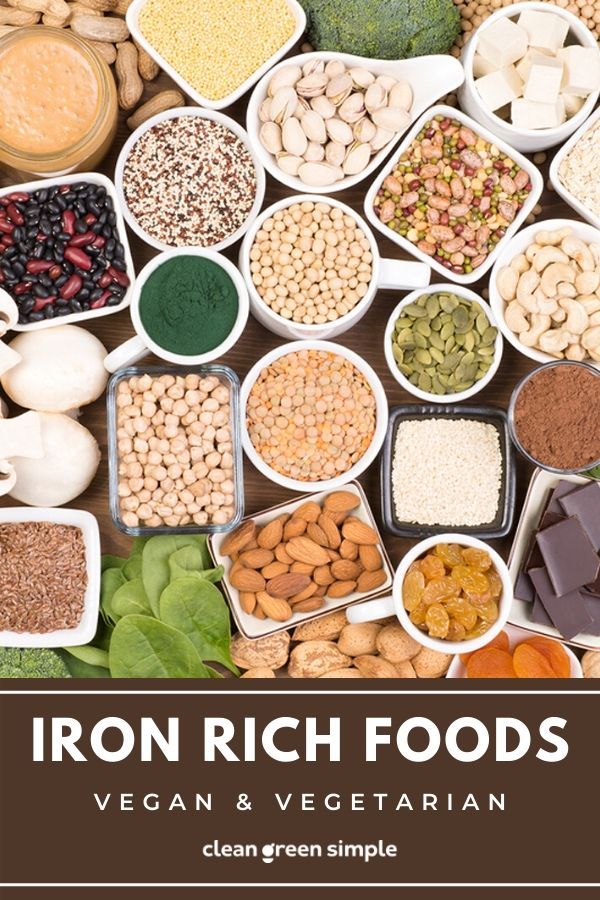
Calcium in meat products and fish
Contrary to popular stereotype, meat products are quite poor in calcium. The fact is that in the body of mammals and birds, most of the calcium is in the blood plasma, and not inside the cells. Therefore, meat contains very little calcium (less than 50 mg/100 g).
Fish and seafood are also poor in calcium. The only exception is sardine (300mg/100g).
Calcium in foods such as cereals and vegetables
Cereals and vegetables are usually poor in calcium. Most vegetables, whole grains, and bran (or wholemeal) breads contain approximately the same amount of calcium as meat, up to 50 mg/100g.
However, these foods form the basis of our diet, and their low calcium content is offset by a large amount of these ingredients in the diet.
Calcium in foods: bioavailability issues
As follows from the above, it is not at all difficult to create a diet rich in calcium and at the same time balanced in calories and nutrients.
But there is also the question of calcium bioavailability - that is, the ability of our body to absorb this element. Therefore, foods rich in calcium must be combined with foods that contain a significant amount of vitamin D (this vitamin is present in butter, dairy products, egg yolk, fatty fish) and ascorbic acid (the main source of its intake in the body is vegetables).
In addition, in order for calcium to be absorbed by bone tissue, the body must receive enough magnesium (it is abundant in bran, wholemeal bread and nuts) and phosphorus salts (contained in fish). Otherwise, calcium will simply be excreted in the urine or deposited in the joints and kidneys in the form of "stones" - calcifications.
Do not forget that all diuretics increase the excretion of calcium. Therefore, the excessive use of alcoholic and caffeinated drinks, which have a diuretic effect, will adversely affect the absorption of calcium from foods.
Calcium in foods and hypercalcemia
Everything is good in moderation.




